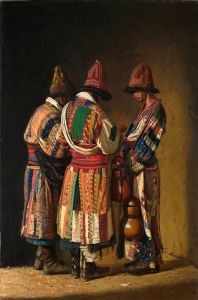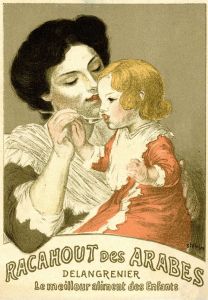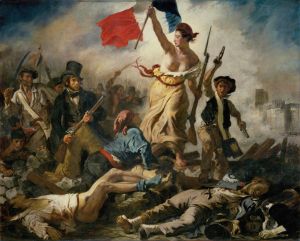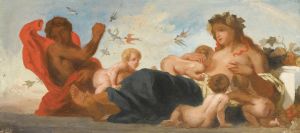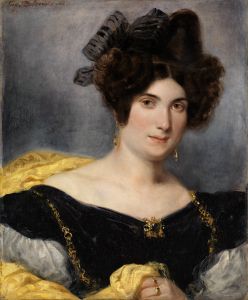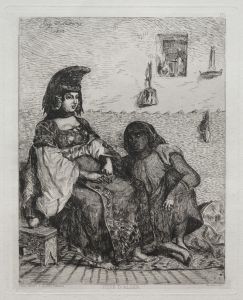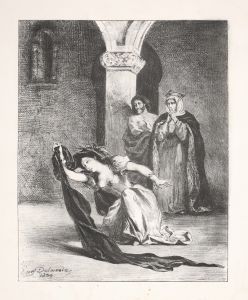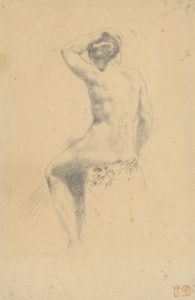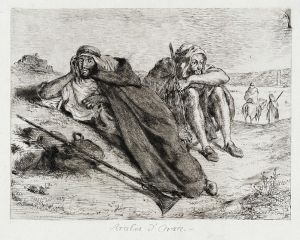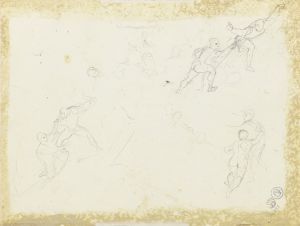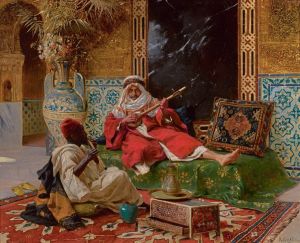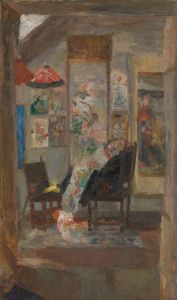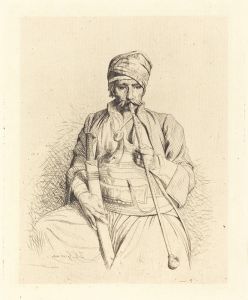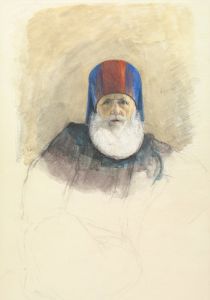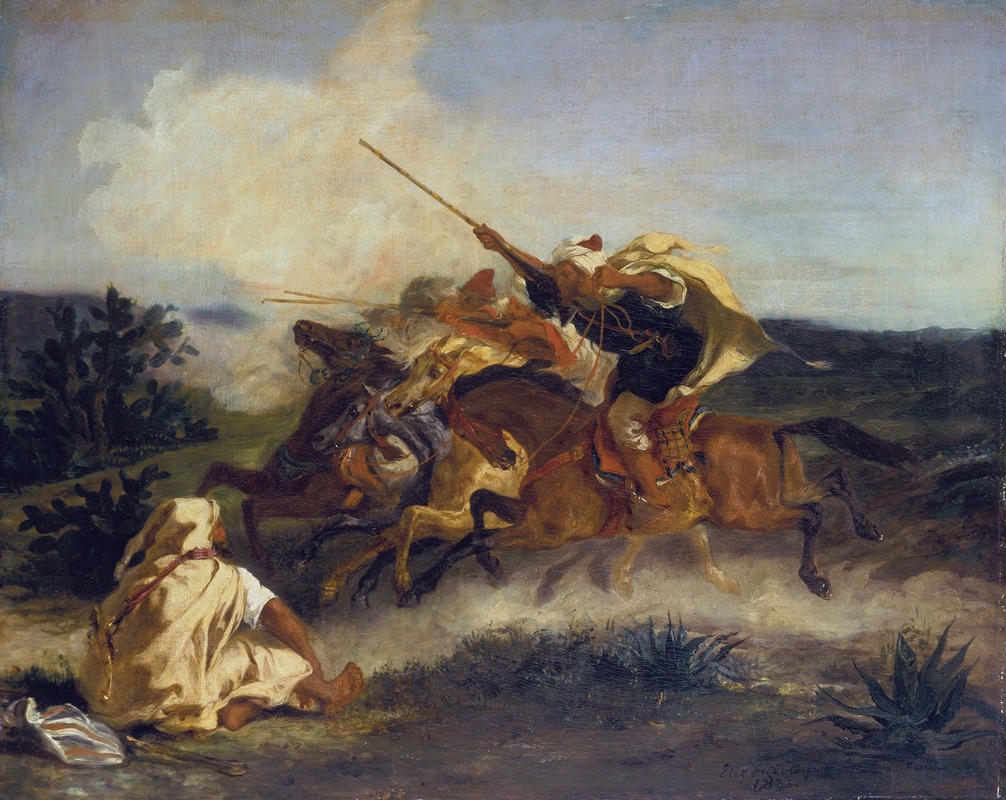
Fantasia arabe
A hand-painted replica of Eugène Delacroix’s masterpiece Fantasia arabe, meticulously crafted by professional artists to capture the true essence of the original. Each piece is created with museum-quality canvas and rare mineral pigments, carefully painted by experienced artists with delicate brushstrokes and rich, layered colors to perfectly recreate the texture of the original artwork. Unlike machine-printed reproductions, this hand-painted version brings the painting to life, infused with the artist’s emotions and skill in every stroke. Whether for personal collection or home decoration, it instantly elevates the artistic atmosphere of any space.
"Fantasia Arabe" is a painting by the renowned French Romantic artist Eugène Delacroix. Delacroix, born on April 26, 1798, in Charenton-Saint-Maurice, France, is celebrated for his vibrant use of color and expressive brushwork, which played a significant role in the development of both the Romantic movement and modern art.
The painting "Fantasia Arabe" is part of Delacroix's extensive body of work inspired by his travels to North Africa in 1832. This journey profoundly influenced his artistic style and subject matter, providing him with a wealth of new themes and motifs. Delacroix was captivated by the culture, landscapes, and people he encountered, and these elements became recurring subjects in his art.
"Fantasia Arabe" depicts a traditional North African equestrian performance known as a "fantasia." This event is a ceremonial display of horsemanship, often involving a group of riders who charge forward in a line, firing rifles into the air. The spectacle is both a cultural celebration and a demonstration of skill and bravery. Delacroix's painting captures the dynamic energy and vibrant atmosphere of this event, showcasing his ability to convey movement and emotion through his brushwork.
The composition of "Fantasia Arabe" is characterized by its dramatic use of color and light, typical of Delacroix's Romantic style. The painting features a vivid palette, with rich reds, blues, and earthy tones that bring the scene to life. Delacroix's technique involves loose, expressive brushstrokes that create a sense of immediacy and movement, drawing the viewer into the action.
Delacroix's interest in North African culture and his depiction of the "fantasia" reflect the broader 19th-century European fascination with the "Orient," a term used at the time to describe the Middle East and North Africa. This interest was part of a larger trend known as Orientalism, which influenced many Western artists and writers. While Orientalist art often romanticized and exoticized its subjects, Delacroix's work is noted for its attention to detail and genuine engagement with the cultures he depicted.
"Fantasia Arabe" is one of several works by Delacroix that explore themes related to his North African experiences. These paintings are significant not only for their artistic merit but also for their role in shaping Western perceptions of the region during the 19th century. Delacroix's North African works, including "Fantasia Arabe," continue to be studied for their artistic innovation and cultural impact.
Today, Eugène Delacroix is regarded as one of the leading figures of the Romantic movement, and his works are held in high esteem by art historians and enthusiasts alike. "Fantasia Arabe" exemplifies his mastery of color and composition, as well as his ability to capture the spirit of a moment with passion and intensity. The painting remains an important part of Delacroix's legacy, reflecting his enduring fascination with the diverse cultures and landscapes he encountered during his travels.





